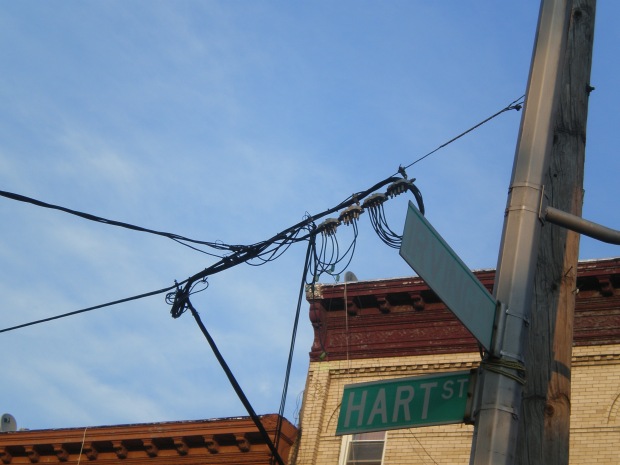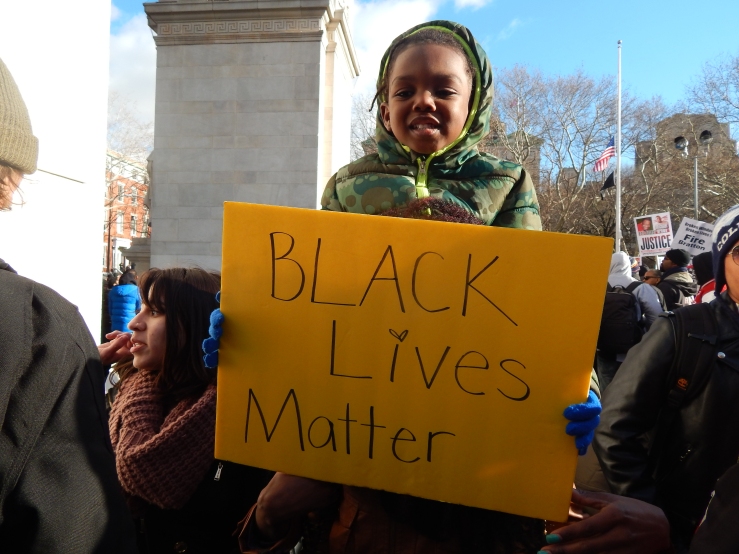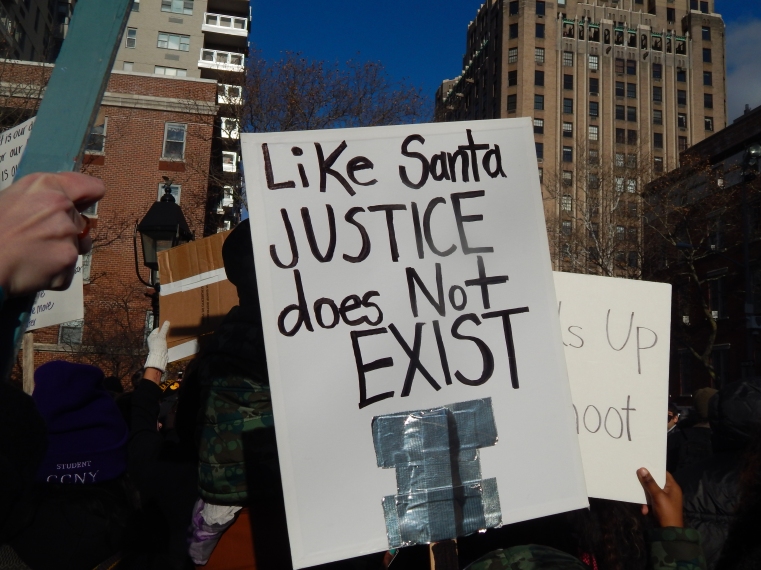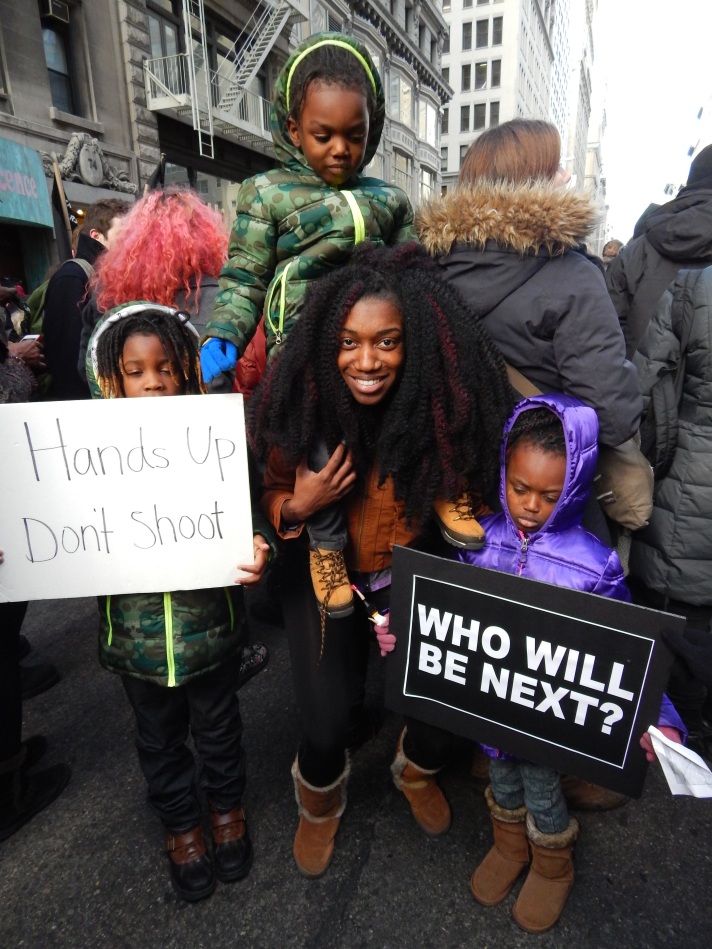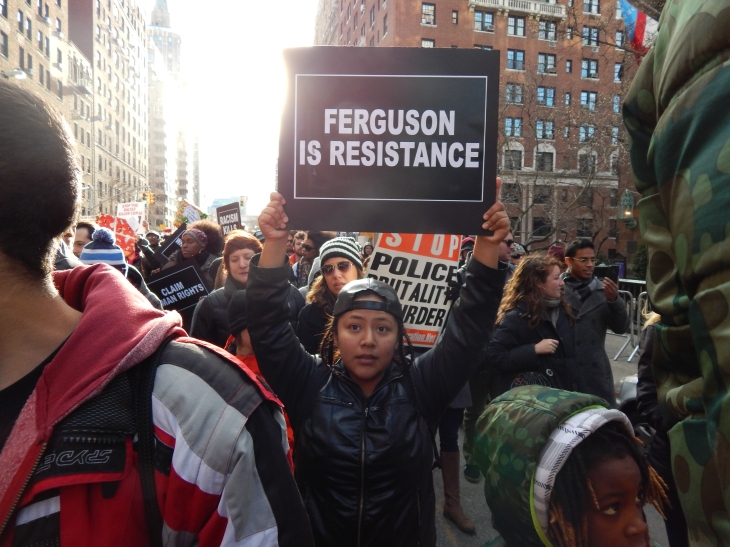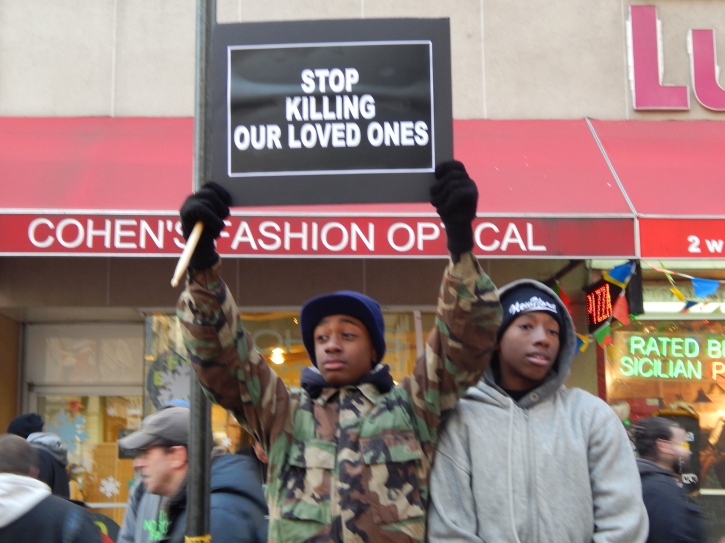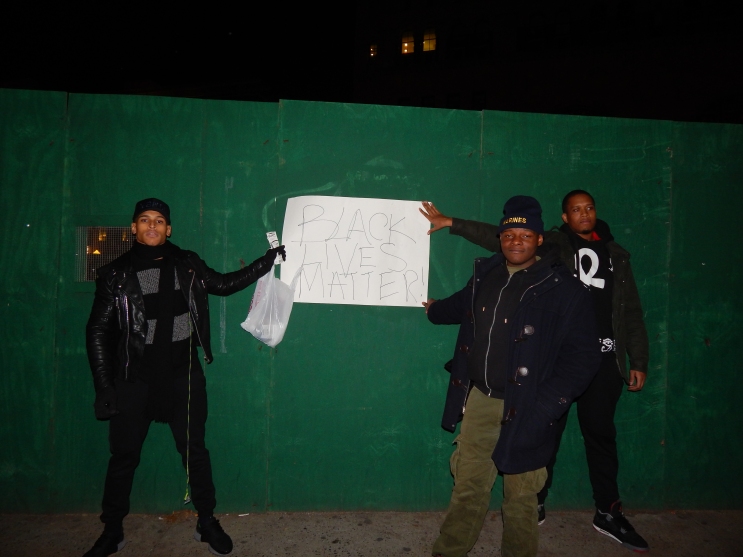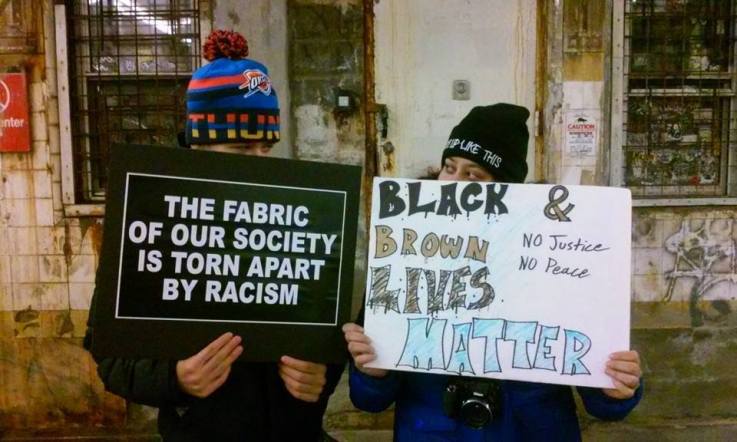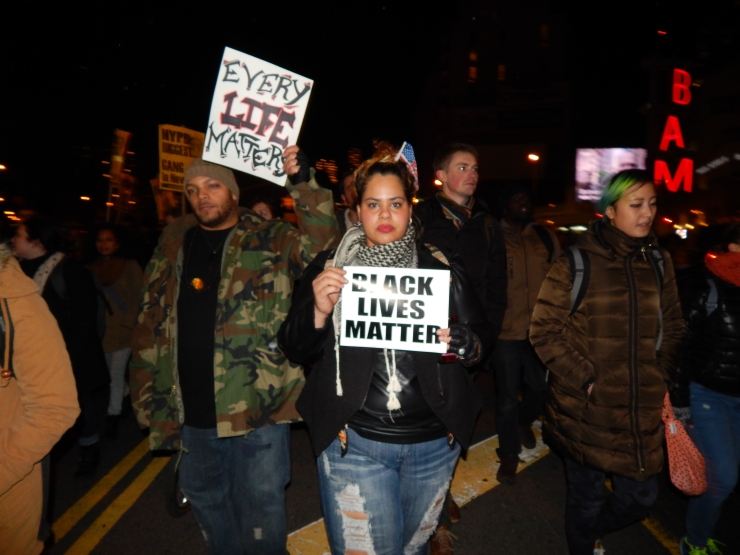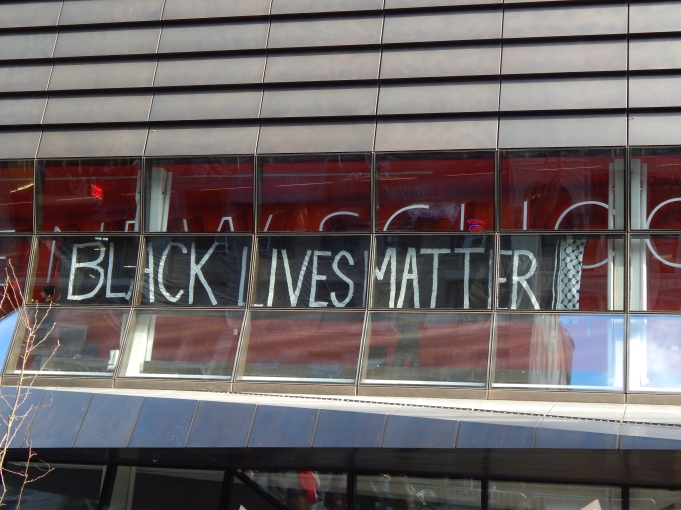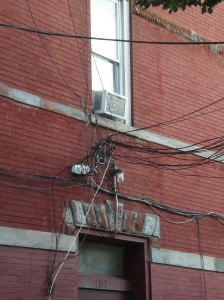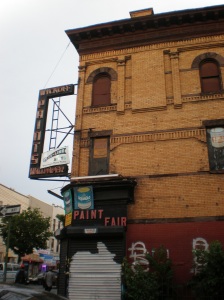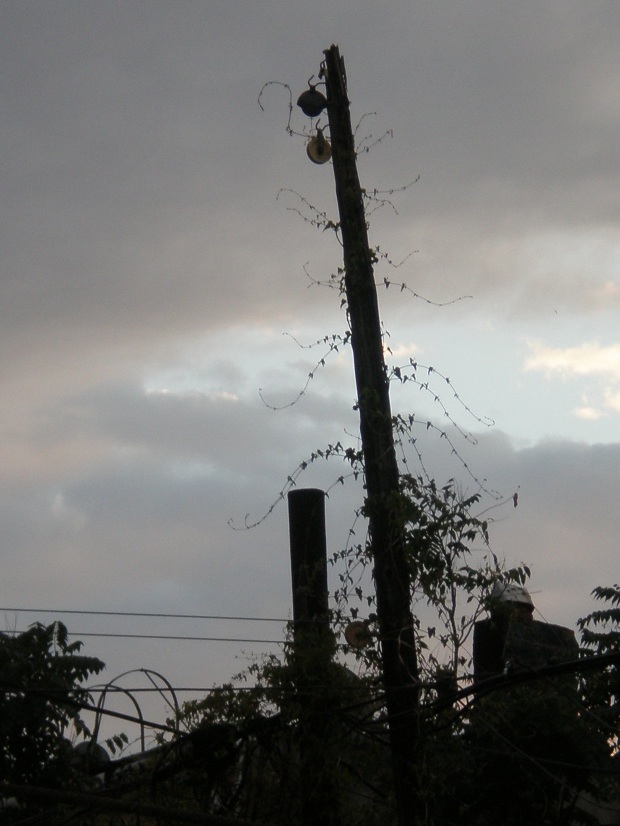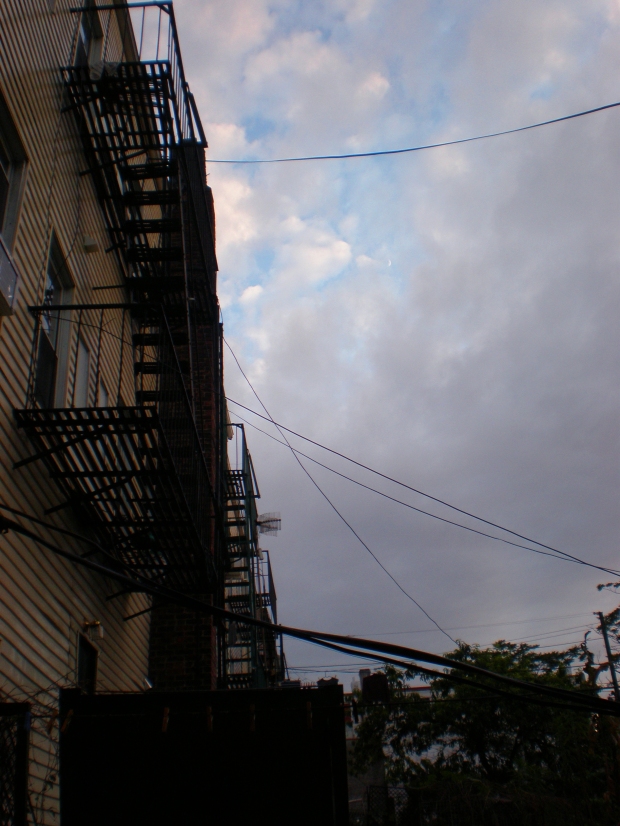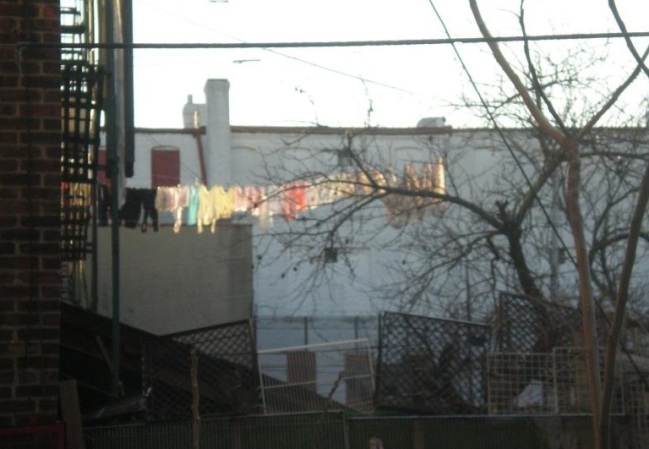by Chiara Valli
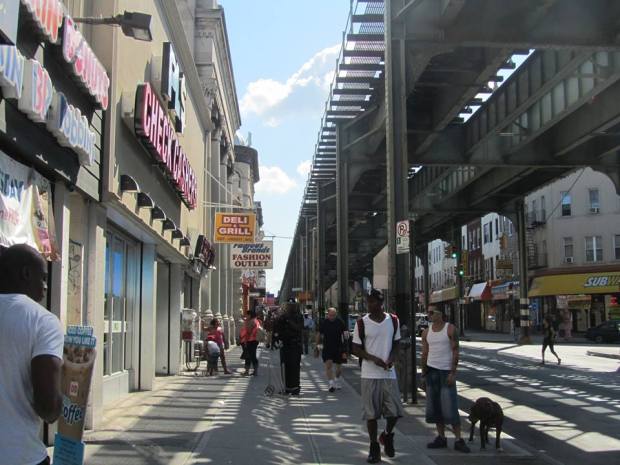
My name is Chiara Valli. I am an Italian PhD student in Human Geography at Uppsala University, Sweden, who has spent six months in Bushwick doing research about how the neighborhood has been changing and how its residents feel about it.
In academic literature about gentrification, much attention has been paid on the economic or cultural aspects of it. However, less attention has been given to every-day experiences of gentrification on a micro level. In my research, I have tried to explore peoples’ sense of place and belonging in a neighborhood in transition such as Bushwick. I have interviewed almost 40 Bushwick residents, both long-term and new residents and asked them about their experiences in living in the neighborhood. The richness of different perspectives and nuances in this big picture astonished me. Something I have noticed during almost every one of my interviews was a general curiosity about the interviewees in getting to know what other people had said. The curiosity was there, but vey rarely had the interviewees been able to engage in meaningful conversations about gentrification with people belonging to different cultural or ethnic groups. Various barriers appear to still divide neighbors that share the space of the neighborhood and not much else. I myself had difficulties in getting in touch with some people I would have liked to interview. Undoubtedly, my being a white woman researcher from Europe in my late twenties has made it easier to approach some and harder to gain trust from others. The effects of embodying a certain identity are particularly relevant in a space which is undergoing the sensitive process of gentrification. In a gentrifying neighborhood, every relation is loaded with high stakes: home, community, and sense of belonging. All these feelings represent yet another barrier to communication between different groups.
In the spirit of Bushwick Bridge, I would like to make a step towards bridging people, groups and communities using the means that are available to me. During my interviews I have had access to a wide and rich amount of information from different people. With the aim to share some of this information I organized an event at Silent Barn on May 18th, 2014 together with Margaret Croft and Kunal Gupta. I have summarized 16 interviews (and made them anonymous by changing names or specific info), and invited the audience to read them and together producing a zine, cutting and pasting quotes from the interviews, and adding their own reflections. Drawing on the interviews, other Bushwick residents have learned about their neighbors’ points of view, re-elaborated these points, added their own and finally produced a zine that will be reproduced and shared for other people to read.

With this event of knowledge co-production, we have tried to create a space for discussion, reflection, and exchange for Bushwick’s voices and perspectives. You can find the zine here.
You can also find a table with the interviews texts on AiB Community Day, May 31st, Maria Hernandez Park, Bushwick.

MIGUEL, 36 y.o., Puerto Rican origins, Bushwick native, high school teacher
Some people are mad. As a matter of fact, that’s an understatement. A lot of people are mad. I speak to friends in the community, family members, some people feel their homes and their community are being taken away from them and they feel the community is changing and they are not part of that change. Some people feel like they have been forced out of their neighborhood because they cannot afford to live here anymore. Some people feel that the people who are coming here don’t necessarily want to have anything to do with them. It’s very subjective because it’s how you experience it and the truth is there should be ways where there is some mediation for that.
You pass by and you see that the business is flourishing, and it probably flourishes because the new people that are moving to the community support those businesses, but the people that have lived in the community don’t feel that those businesses really would like to cater to them. Because you go in and maybe they might be serving brunch, but brunch is really expensive, When these people are accustomed to go into the corner store and maybe getting a breakfast for 2 or 3 $. So now if you go to certain businesses, they cater to people who can afford particular prices, and the people of the community who still live here, who grew up here, are very aware of that. Even those who might have a decent income, they might not necessarily hang up there because there is nobody like them there, there is no people from the community they grew up with. People don’t necessarily hang out in those places. It seems like a story of two tales, and both sides are pointing the finger at each other, saying that’s their fault.
I think people like art, art is like the freedom of expression, and there were a lot of high points where people were enjoying the beautification, maybe some places that were littered, dirty, they cleaned it up, art is art and is beautiful, but then some people take a nice platform and then they might abuse the opportunity, and put up things that might seem offensive to the people who grew there.
Art is beautiful but if it’s not done correctly… for me, your artistic expression should be respecting diversity, if you want to send a message out, you have to be very careful, because your good can be misinterpreted or misunderstood.
So if you are an artist and you do art, to me I deem you as a person irresponsible or negligent artist if you express art that offends people who live in the community. So now I question your art: what’s more important, your art or the community? Are you a person who is looking to do art that expresses a message that looks to offend? Are you being political with your art? What is your agenda? What is your purpose? What is your intention? The absence of information only allows people to speculate. So if you are going to express a message, and you are not going to make information available, you shouldn’t be mad when people speculate, because that’s their right to speculate. Especially when it may offend them.
These are unintended consequences. And for me unintended consequences are when you don’t think things through. Or the truth is maybe they are intended consequences, and if they are intended consequences it means you thought it through and it wasn’t really important to you whatever the consequences were going to be. Because what your agenda was, supersedes what you knew the reactions were going to be.
This could be an interpretation of gentrification in general. Everybody is aware of the dynamics and consequences, but it’s happening anyway.

JENNY – 24 y.o., female, white, art curator and artist, owns a gallery in Bushwick
I moved here three years ago, I moved here because I was graduating from art school and I didn’t know what I wanted to do but I knew I wanted to live in a city. I went to a small college that really fostered DIY, the idea of making your own fun, setting up shows, and all that stuff that you could do as a student.
So I wanted to keep doing that in the real world. And everybody told me “Bushwick seems to be the place for you because there it’s what everybody is doing, with pop-up galleries, doing things on their own, and there is the infrastructure there, with all those warehouses, it’s really gritty and it’s still cheap”. So I just found a place to move out here and I started immersing myself as much as I could into the Bushwick life. I started teaching art classes, and later I decided to open my own gallery in the neighborhood.
My artistic work has changed a lot since I’ve moved here, to reflect this environment of Bushwick, and what it turned up in was a sort of alternate reality. There are so many people here, so many young people, so many parties, so I focus on that, the party scene, bar scene, everybody doing these things that are so close to each other, but… how real is that? People come here and it seems like a dreamland, not a real place. A lot of people have unusual jobs, nobody seems to work 9-5, people are out any hour any day, I’m interested in trying to portrait that.
C: Do you think people might think of you as a hipster?
Oh, I´m sure they do. But they are nice. Generally, when I go into the deli and someone from the neighborhood is there, they will be like: “oh are you new here? Oh, let me know if you ever need anything”. They are just really nice and all the guys that work at the delis are really nice too. Which surprises me, you know, sometimes you wonder if people secretly get pissed off to see more kids coming in. That´s what I would expect, honestly. Even my friend and I are like that: every time a new bar or restaurant opens up we are like “F***! This place sucks, it looks like Williamsburg! Every time a place like that opens we’re gonna leave from here sooner”.
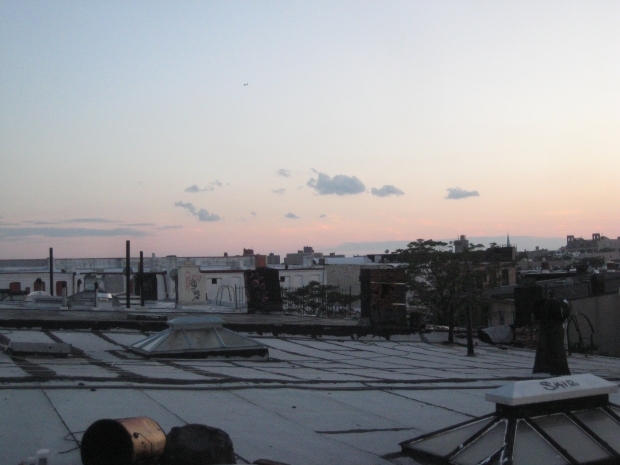
LAYLA, 29 Y.O., female, African American, Bushwick native, works as dentist assistant
Gentrification is gonna happen, it doesn’t mean we cannot change the way we see it
There are a lot of people that are self-defeating people in this area, a lot. There are a lot of black people with self-defeating mentality, but it´s not really about your color. You become a person of a certain kind of color when you start acting like a person of a certain kind of color. When you are a black person and you are acting like a freaking idiot, you are the same gentrifier yourself. You could be a white person and say “hey what do you need me to do to help with what you are doing? What can we do as a community?”.
If there is an expensive place and I want to live there, then my goal is to be hired in a better job and make more money, if my rent goes up, now I have to be entrepreneurial and find more ways to make extra money. People that want to be here and they are not big-money people, they have to adapt. That´s what we do, we adapt. So if this house cost a lot of money and you wanna live there, you are gonna adapt. I wanna live in Brooklyn and I wanna own in Brooklyn, and I don’t want to sit back “oh no I can´t afford it”. So I have to work more for it. That way you can create more entrepreneurs, more businesses and create more houses, because nobody wants to be kicked out of their neighborhood and I don’t think a few people with money could do that.
Gentrification comes after many things. There is something deeper, which is racism and segregation and our own people´s mentality of feeling inferior and not trusting or putting value in each other.
Our people have the passive-aggressive mentality of being always unsatisfied and discontent and accept this condition without ever doing anything.
For example I know many black homeowners who do not rent to black people, they only rent to whites because they are a more secure investment. This hurts our people more than gentrification.
